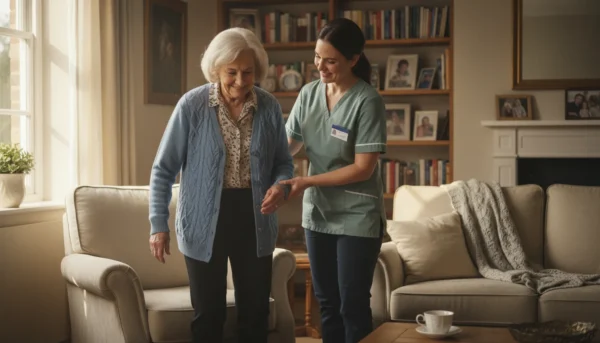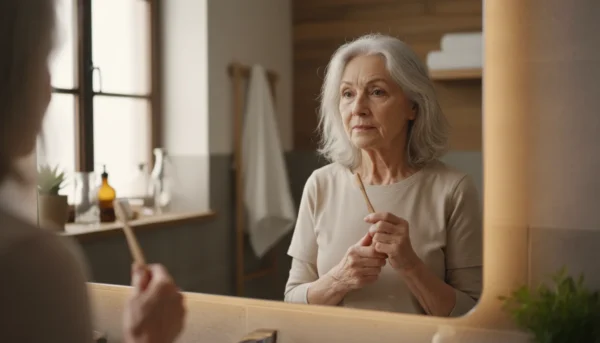
Frequently Asked Questions
1. What is the difference between osteoarthritis and rheumatoid arthritis?
This is a very common point of confusion. Osteoarthritis (OA) is the most common form of arthritis and is often called “wear-and-tear” arthritis. It occurs when the protective cartilage that cushions the ends of your bones wears down over time. It typically affects joints like the knees, hips, hands, and spine. Rheumatoid arthritis (RA), on the other hand, is an autoimmune disease. This means the body’s immune system mistakenly attacks its own tissues, including the lining of the joints, causing painful swelling and inflammation that can eventually lead to bone erosion and joint deformity. While both cause joint pain, their underlying causes and treatments are very different, which is why a proper diagnosis from a doctor is essential.
2. Are supplements like glucosamine and chondroitin safe and effective?
Glucosamine and chondroitin are popular supplements for joint health, but scientific research on their effectiveness is mixed. Some studies show modest benefits for some people with osteoarthritis, while others show no benefit at all. In terms of safety, they are generally considered safe for most people, but they can cause mild side effects like upset stomach and may interact with certain medications, such as blood thinners. It is absolutely critical to speak with your doctor before taking any new supplement to ensure it is safe for you and won’t interfere with your current medical treatments.
3. Is it normal for my joints to crack and pop?
Occasional joint popping or cracking, known as crepitus, is usually harmless. These sounds are often caused by the movement of gas bubbles in the synovial fluid or the snapping of ligaments over bony structures. If the sounds are not accompanied by pain or swelling, there is generally no cause for concern. However, if you experience pain, locking, or swelling along with the noise, it could indicate an underlying issue like damaged cartilage and should be evaluated by a physician.
4. Does Medicare cover physical therapy for joint pain?
Yes, in many cases. Medicare Part B (Medical Insurance) generally covers outpatient physical therapy when it is deemed medically necessary by your doctor to treat an illness or injury. This can include therapy to manage arthritis, recover from a joint replacement, or rehabilitate a joint injury. Coverage specifics, including co-pays and limitations, can vary depending on your specific Medicare plan. It is always best to confirm your coverage details directly with Medicare or your plan provider.
For insurance and medical coverage questions, refer to Medicare.gov. For mental health support, consult the National Institute of Mental Health (NIMH).
5. Can I still exercise if I already have arthritis?
Yes, absolutely. In fact, exercise is one of the most important components of managing arthritis. A lack of movement can cause joints to become even more stiff and painful, and it can weaken the muscles that support them. The key is to choose the right kind of exercise. Low-impact activities like swimming, walking, and tai chi are excellent choices. A physical therapist can help design a safe and effective exercise program tailored to your specific condition and fitness level, helping you improve your range of motion and reduce pain.
Disclaimer: This article is for informational purposes only and does not constitute medical advice. The content is not intended to be a substitute for professional medical advice, diagnosis, or treatment. Always seek the advice of your physician or other qualified health provider with any questions you may have regarding a medical condition.
|
Fact-Checked Content
Our editorial team reviews all content for accuracy and updates it regularly. Learn about our editorial process →
|


















